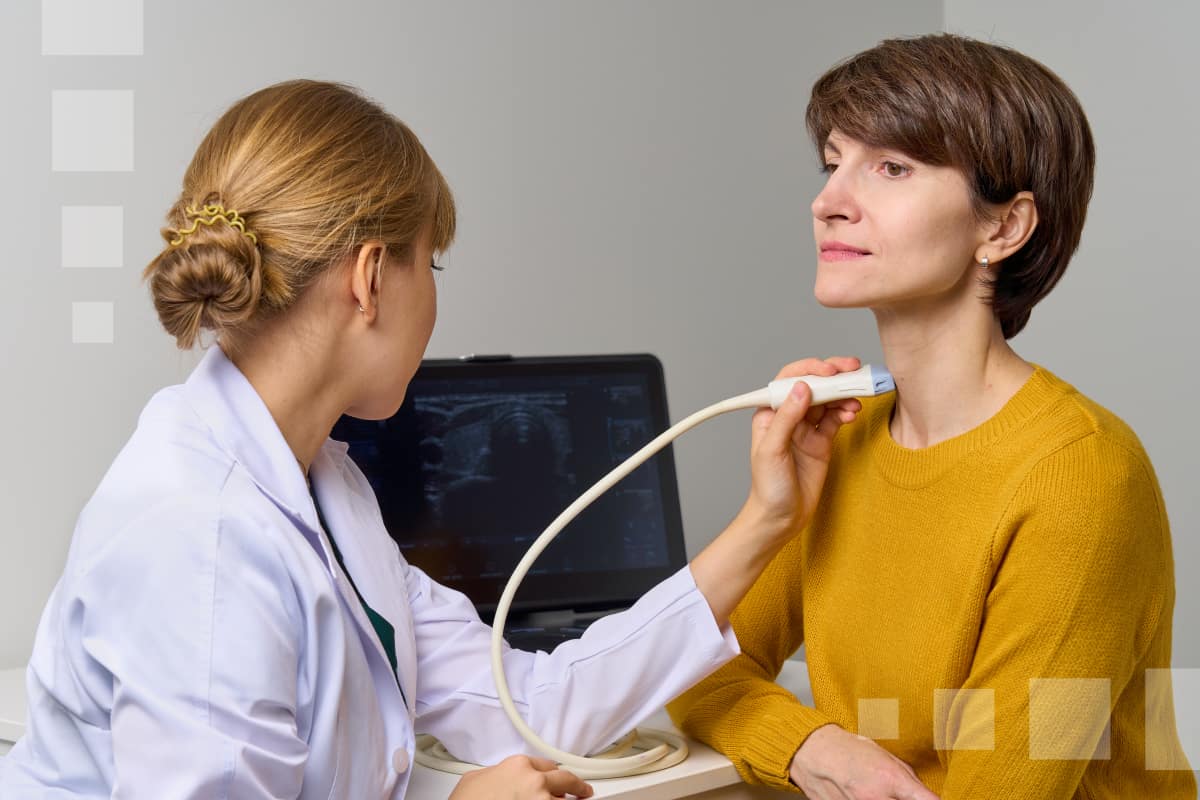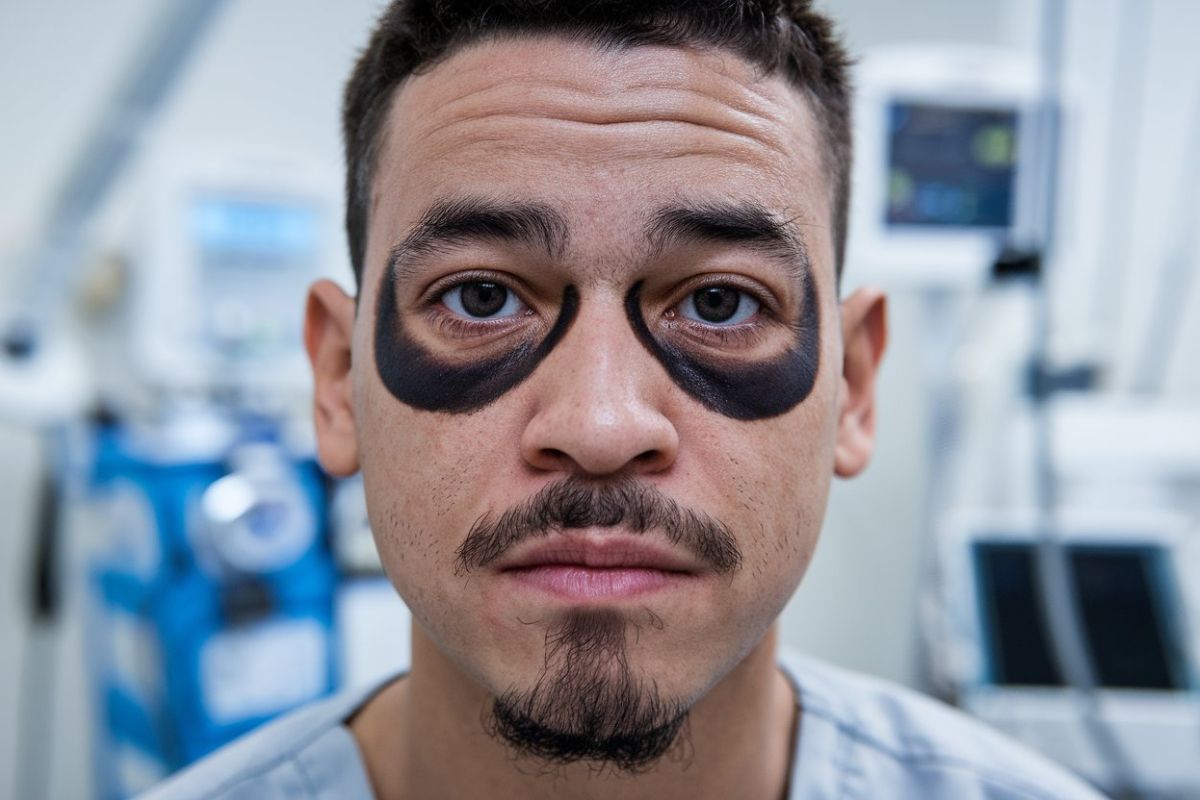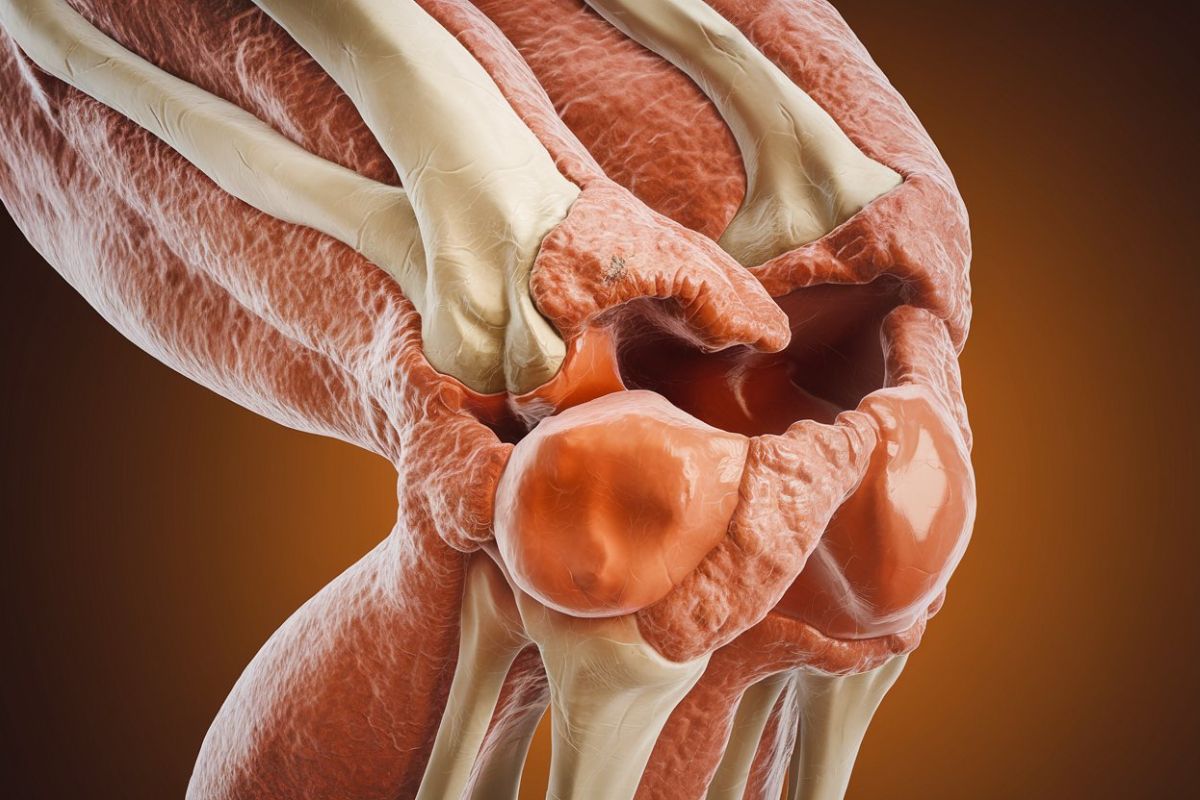
What is Carotid Artery Dissection? Carotid artery dissection is a serious medical condition where the layers of the carotid artery tear apart, potentially disrupting blood flow to the brain. This can lead to severe complications like stroke or transient ischemic attacks (TIAs). It can happen spontaneously or due to trauma, such as car accidents or neck injuries. Symptoms vary widely, including headaches, neck pain, and even temporary blindness. Diagnosing this condition often requires imaging tests like MRI or CT angiography. Treatment options range from medications to prevent clotting to surgical interventions. Understanding the causes, symptoms, and treatments is crucial for managing this condition effectively.
Key Takeaways:
- Carotid artery dissection is a serious condition that can lead to stroke and other complications, and it can be caused by trauma or even minor events like coughing or sneezing.
- Early recognition and intervention are crucial for managing carotid artery dissection, and a high index of suspicion, timely diagnosis, and comprehensive care can significantly improve outcomes.
What is Carotid Artery Dissection?
Carotid artery dissection is a serious condition that can lead to severe complications. Understanding its basics is crucial for recognizing and managing it effectively.
- Definition: Carotid artery dissection involves a tear in the layers of the carotid artery, which can disrupt blood flow to the brain.
- Incidence: This condition accounts for 2.5% of all strokes and is the leading cause of stroke in patients under 50.
- Causes: It can occur spontaneously or due to trauma, such as car accidents, chiropractic manipulation, or neck injuries.
- Pathophysiology: A tear in the artery's intimal layer allows blood to flow between layers, forming an intramural hematoma that can cause stenosis and thrombus formation.
Recognizing the Symptoms
Symptoms of carotid artery dissection can vary widely, making it essential to recognize the signs early.
- Symptoms: Symptoms include headache, neck pain, transient blindness (amaurosis fugax), ptosis with miosis (partial Horner syndrome), and focal weakness.
- High-Impact Trauma: High-impact trauma, like cervical hyperextension, should alert physicians to possible dissection.
- Minor Trauma: Even minor trauma can cause dissection, with symptoms ranging from headache to hemiparesis.
- Precipitating Events: Events like chiropractic manipulation, yoga, sports injuries, and even coughing or sneezing can trigger dissection.
Common Presenting Symptoms
Understanding the common symptoms can help in early detection and treatment.
- Headache and Neck Pain: These are often the initial symptoms.
- Transient Blindness: Known as amaurosis fugax, this symptom involves temporary vision loss.
- Ptosis with Miosis: This partial Horner syndrome symptom includes drooping eyelid and constricted pupil.
- Neck Swelling: Swelling in the neck can indicate a dissection.
- Pulsatile Tinnitus: Hearing a pulsing sound in the ear can be a symptom.
- Decreased Taste Sensation: Hypogeusia, or reduced taste, can occur.
- Focal Weakness: Weakness in specific body parts may be present.
- Migrainelike Symptoms: Symptoms like scintillating scotoma, a visual aura, can mimic migraines.
Diagnosing Carotid Artery Dissection
Accurate diagnosis is crucial for effective treatment.
- Diagnosis: A high index of suspicion based on clinical presentation is needed, with MRI or CT angiography confirming the dissection.
- Physical Examination: Look for focal neurologic deficits, hemiparesis, partial Horner syndrome, cranial nerve palsy, cervical bruit, and other signs.
- Risk Factors: Conditions like Marfan syndrome, Ehlers-Danlos syndrome, and fibromuscular dysplasia increase the risk.
- Epidemiology: More common in younger adults, with a median age in the mid-40s and a slightly higher incidence in males.
Factors Influencing Carotid Artery Dissection
Several factors can influence the likelihood of developing this condition.
- Seasonal Variation: Peak incidence occurs in October, possibly due to seasonal changes in blood pressure and activities.
- Air Pollution: Contributes to vascular changes leading to dissection.
- Migraine as a Risk Factor: Migraine is an independent risk factor for dissection.
- Spontaneous vs Traumatic Dissection: Spontaneous dissections are more common, but trauma can also cause them.
Trauma and Carotid Artery Dissection
Trauma, both blunt and penetrating, can lead to carotid artery dissection.
- Blunt Trauma: Motor vehicle collisions and even minor mechanisms like chiropractic manipulation can cause dissections.
- Penetrating Trauma: Stab wounds can cause dissections, though less commonly.
- Idiopathic Dissections: The most common cause of spontaneous dissections is idiopathic, with family history increasing risk.
- Family History: A family history of dissection significantly raises the risk.
Genetic and Other Risk Factors
Certain genetic disorders and conditions can predispose individuals to carotid artery dissection.
- Genetic Disorders: Marfan syndrome and Ehlers-Danlos syndrome increase the risk.
- Eagle Syndrome: An elongated styloid process can cause spontaneous internal carotid artery dissection.
- Symptom Onset: Symptoms can appear suddenly or develop gradually.
- Pain as Initial Symptom: Pain is often the first symptom of a spontaneous dissection.
Complications and Prognosis
Understanding the potential complications and prognosis is vital for managing the condition.
- Transient Ischemic Attack (TIA): A TIA, or "mini-stroke," can occur due to decreased blood flow to the brain.
- Stroke Risk: High risk of stroke if the dissection leads to significant stenosis or thrombus formation.
- Diagnostic Imaging: MRI or CT angiography are crucial for confirming the diagnosis and assessing the extent of the dissection.
- Treatment Options: Include antiplatelet or anticoagulant medications, stenting, or surgery if necessary.
Importance of Early Intervention
Early intervention can significantly improve outcomes and prevent long-term complications.
- Prognosis: Varies widely depending on the cause and severity of the dissection.
- Recurrence Rate: Recurrence within one year ranges from zero to 10%.
- Timely Diagnosis: Crucial for preventing complications or death, especially in young patients with neurologic symptoms.
- Interprofessional Team: An interprofessional team approach ensures comprehensive care and improves outcomes.
Key Points to Remember
Carotid artery dissection is a serious condition that can lead to strokes, especially in younger adults. It can happen spontaneously or due to trauma, even minor ones like chiropractic manipulation or sports injuries. Symptoms vary but often include headache, neck pain, and vision problems. Diagnosing it requires a high index of suspicion and imaging tests like MRI or CT angiography. Treatment options range from medications to prevent clots to surgical interventions in severe cases. Early diagnosis and intervention are crucial for better outcomes. Understanding risk factors, such as genetic disorders and lifestyle choices, can help in prevention. Always seek medical attention if you experience sudden, unexplained symptoms related to neck pain or vision issues. Stay informed and proactive about your health to minimize risks associated with carotid artery dissection.
Frequently Asked Questions
Was this page helpful?
Our commitment to delivering trustworthy and engaging content is at the heart of what we do. Each fact on our site is contributed by real users like you, bringing a wealth of diverse insights and information. To ensure the highest standards of accuracy and reliability, our dedicated editors meticulously review each submission. This process guarantees that the facts we share are not only fascinating but also credible. Trust in our commitment to quality and authenticity as you explore and learn with us.


